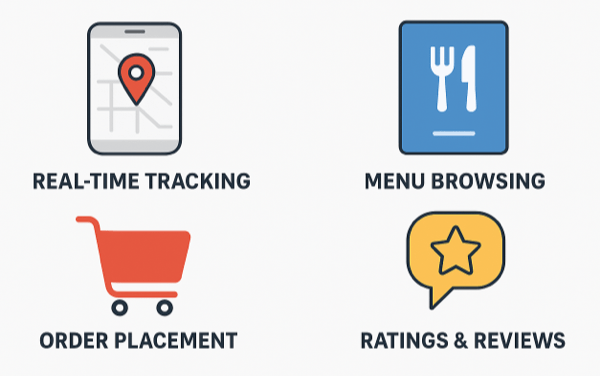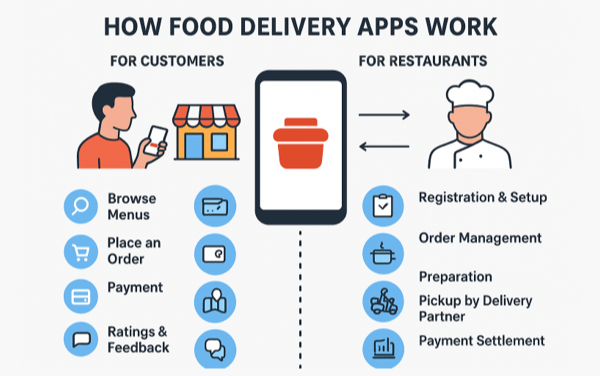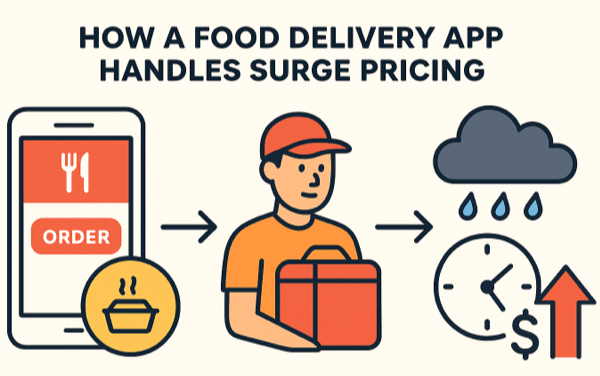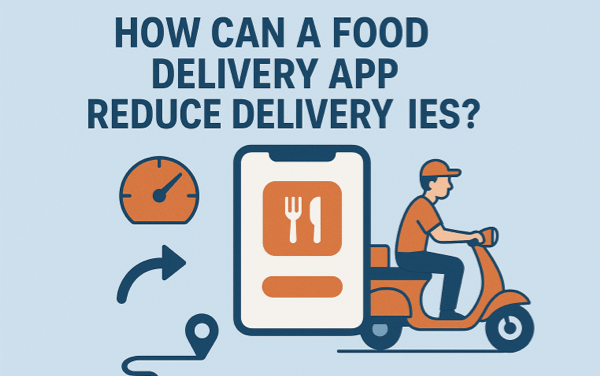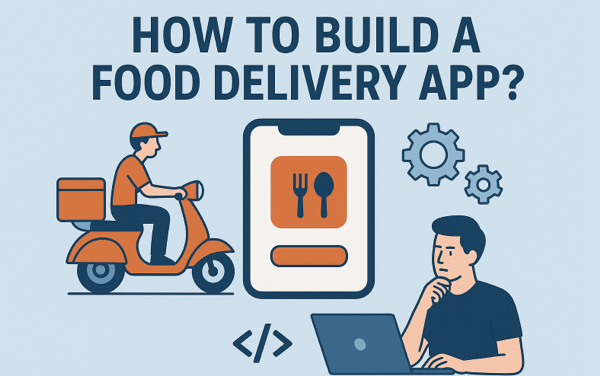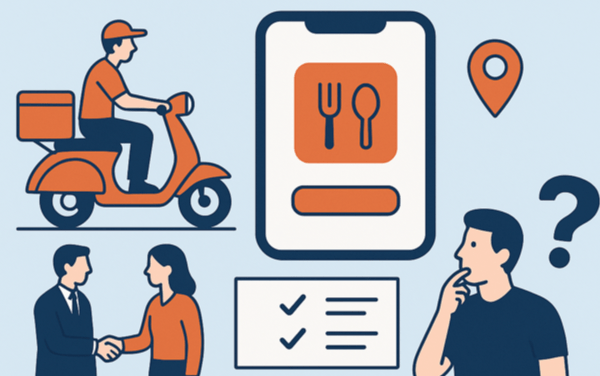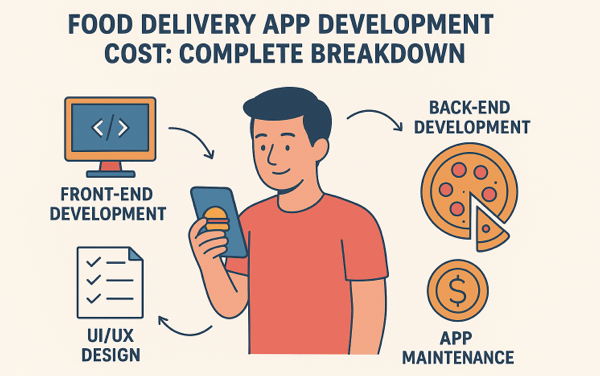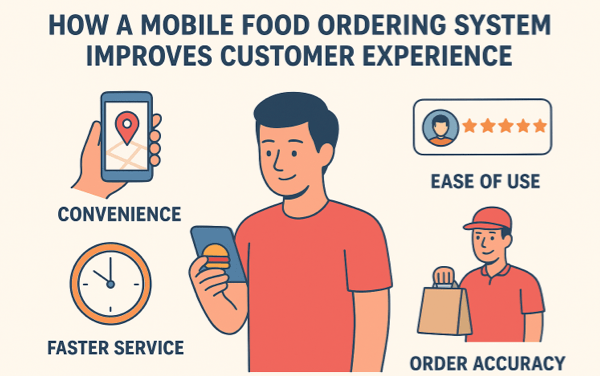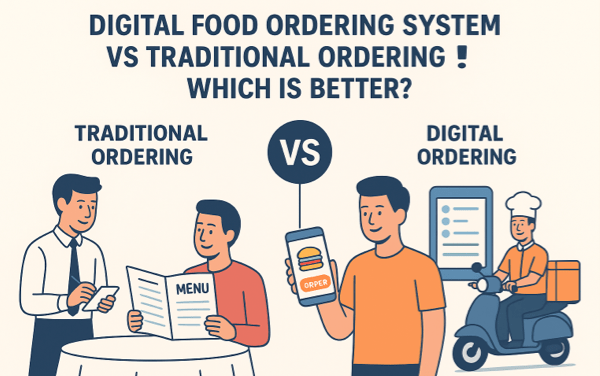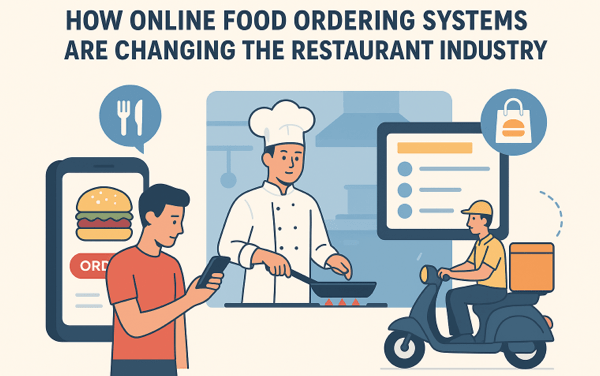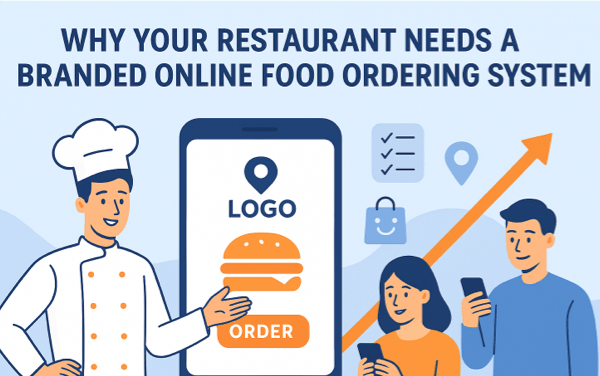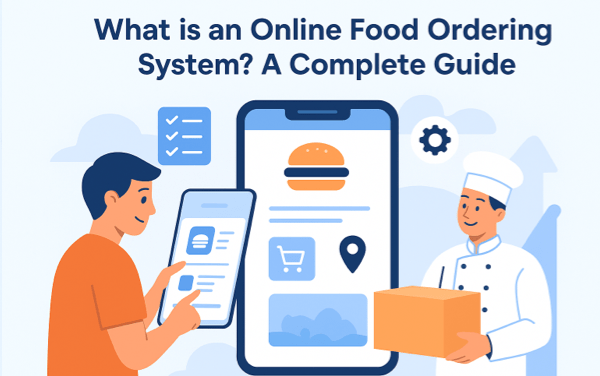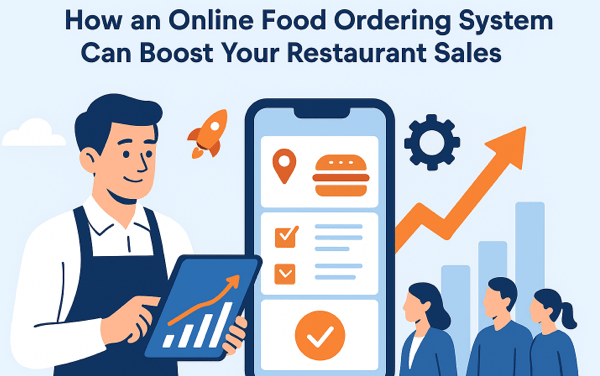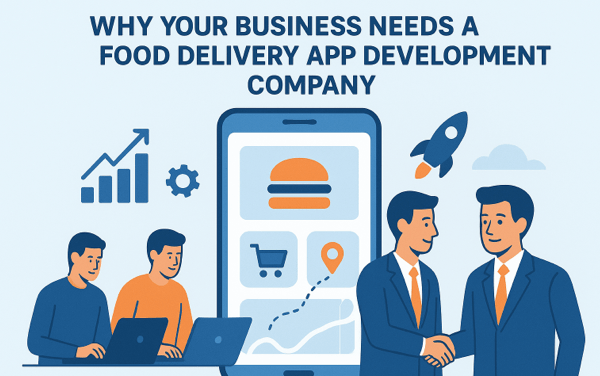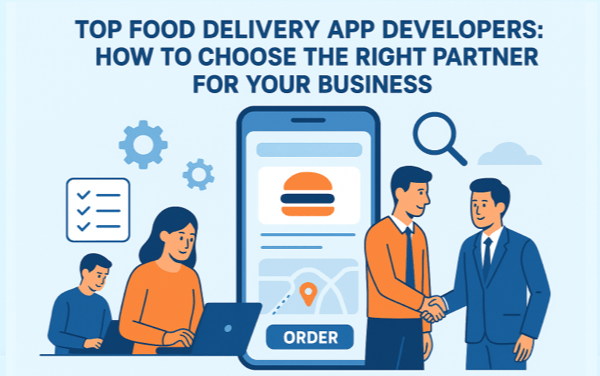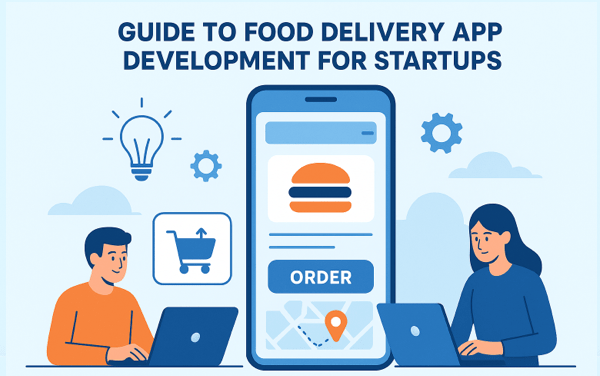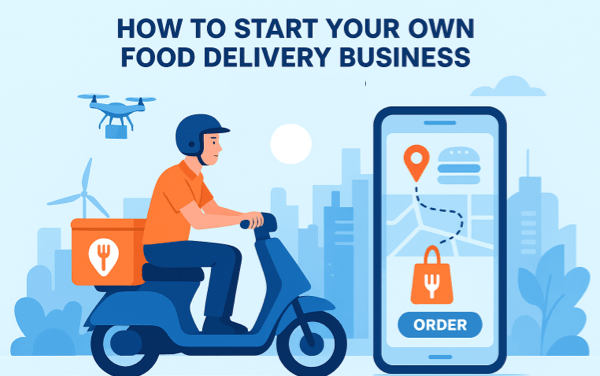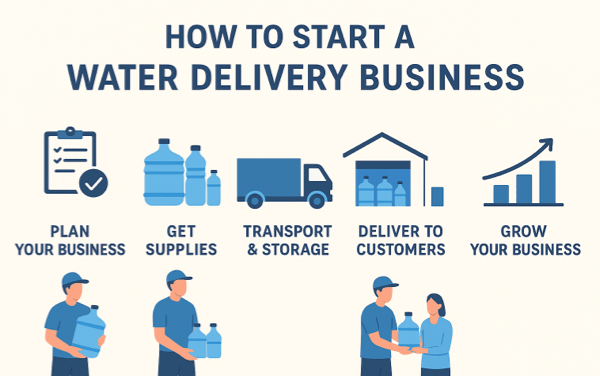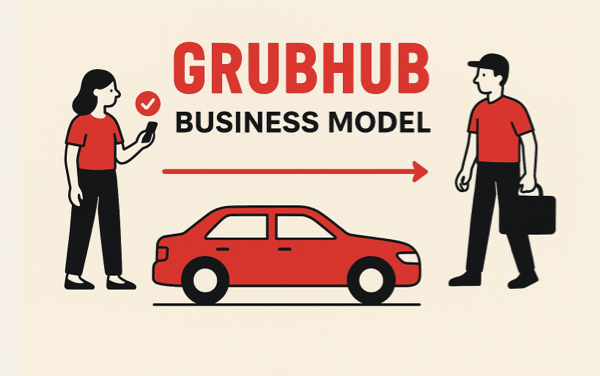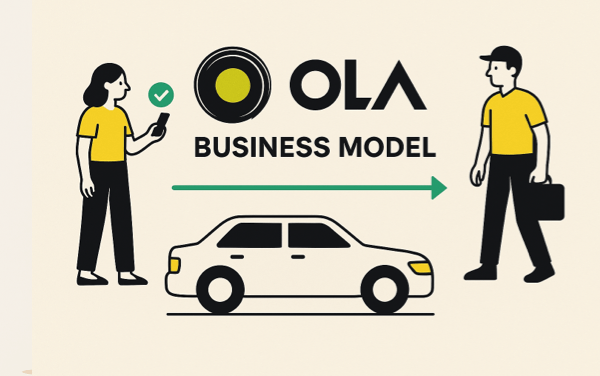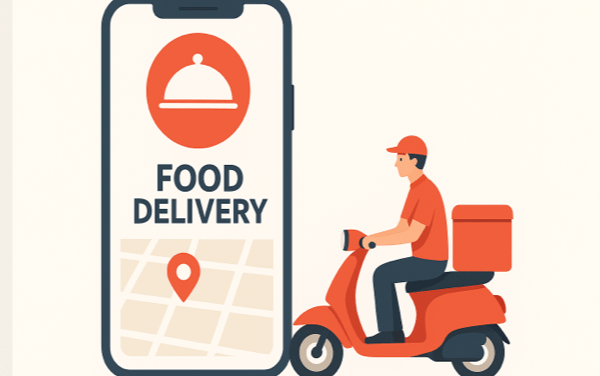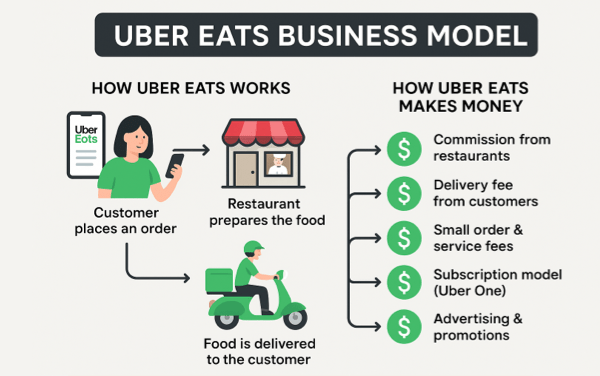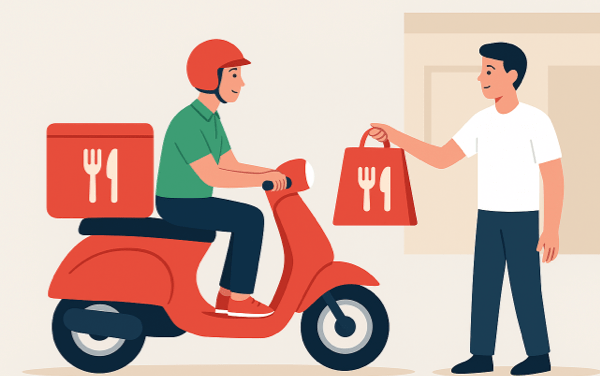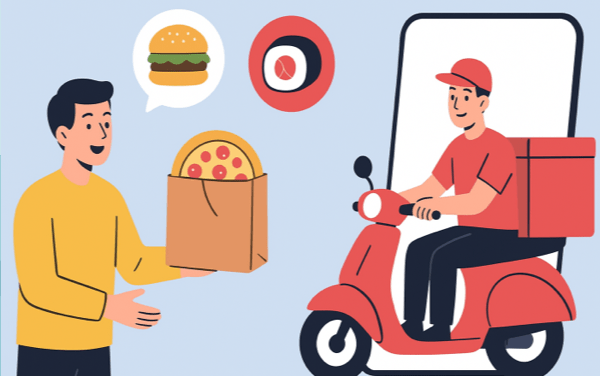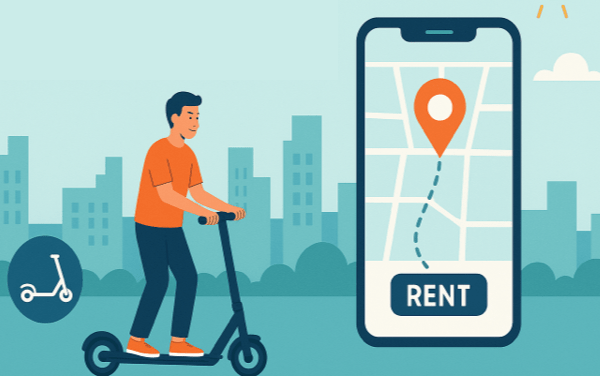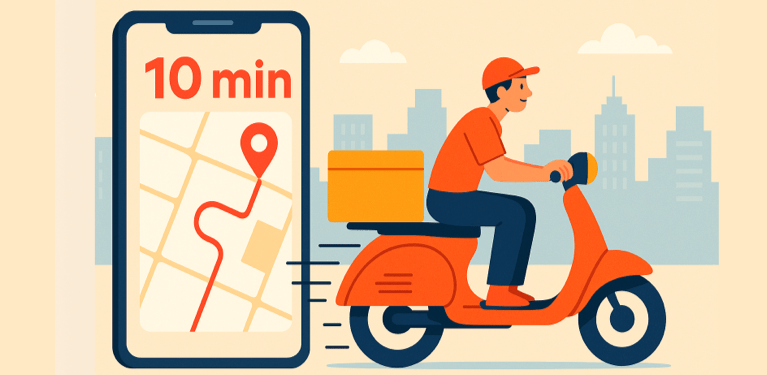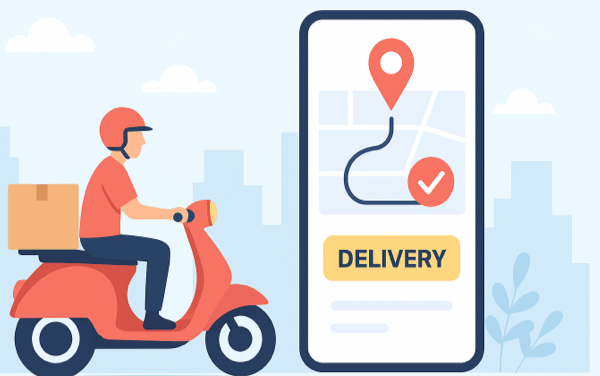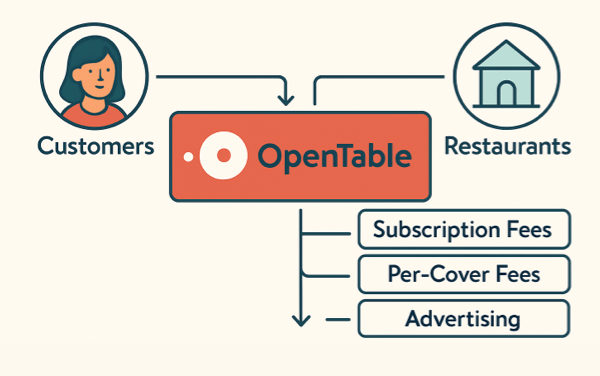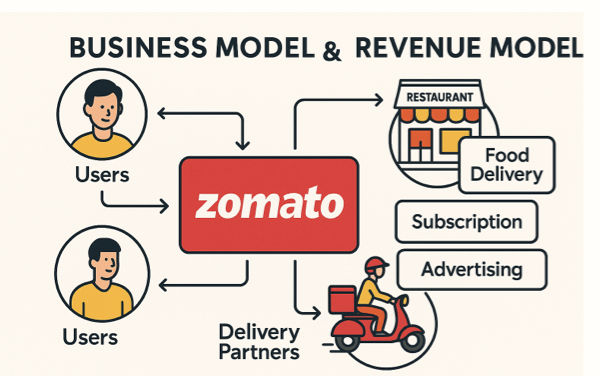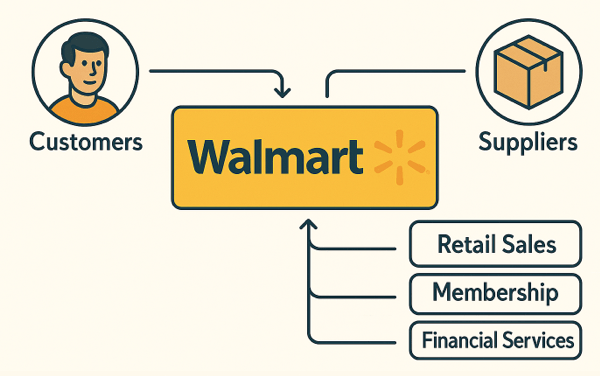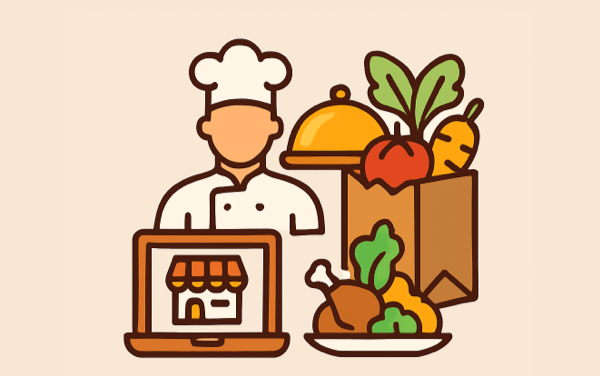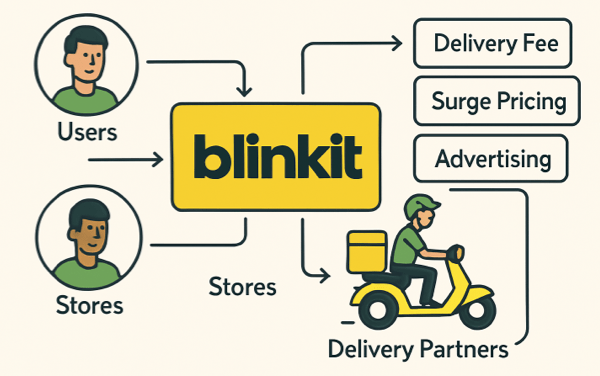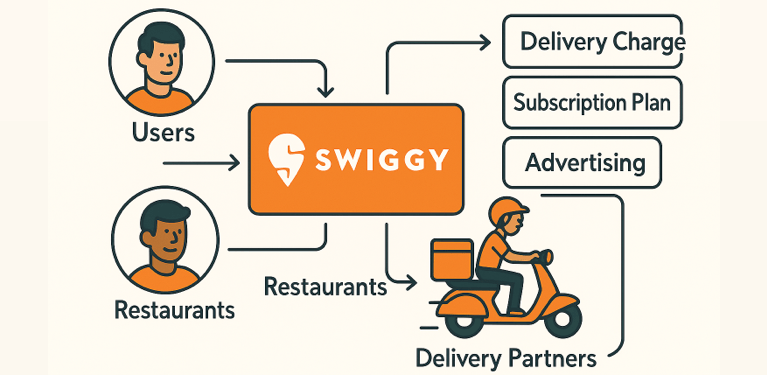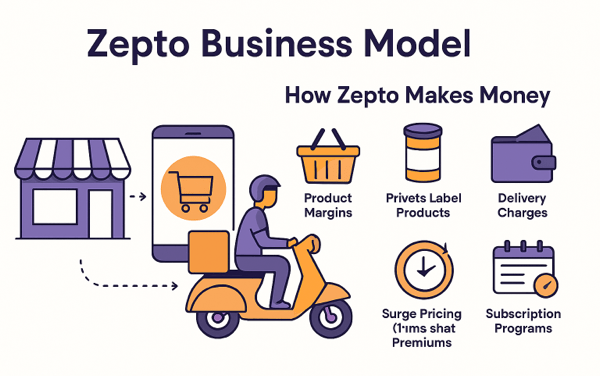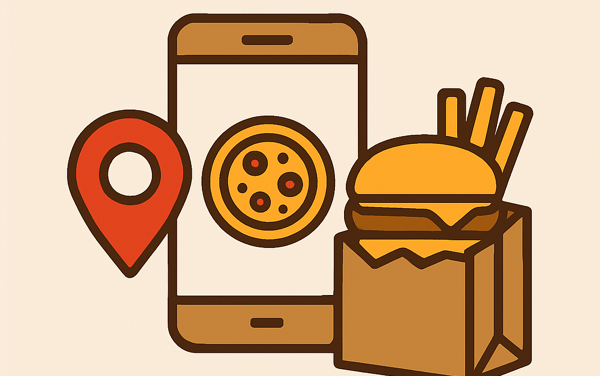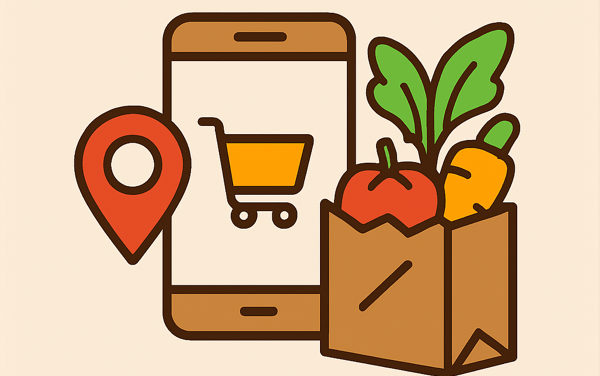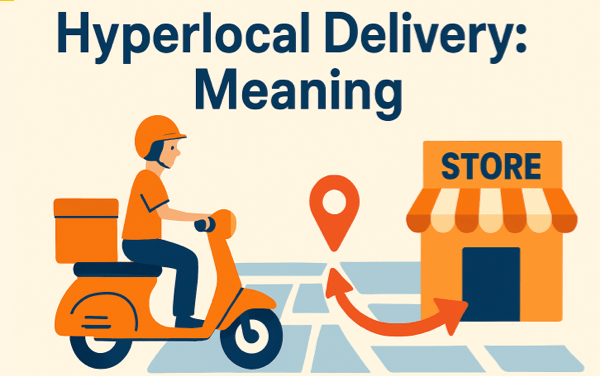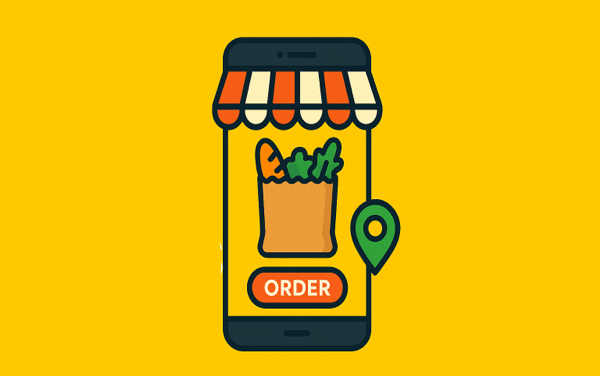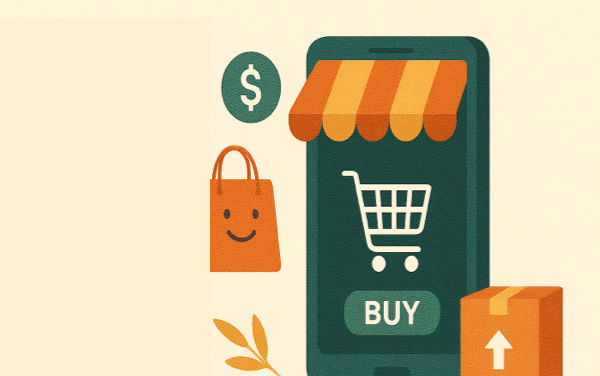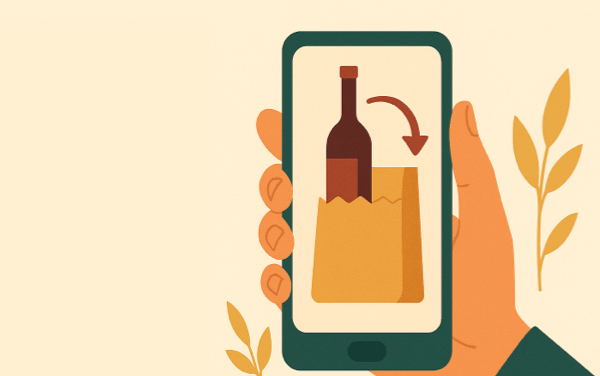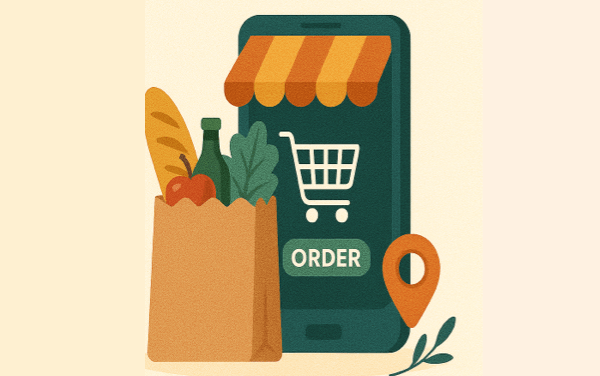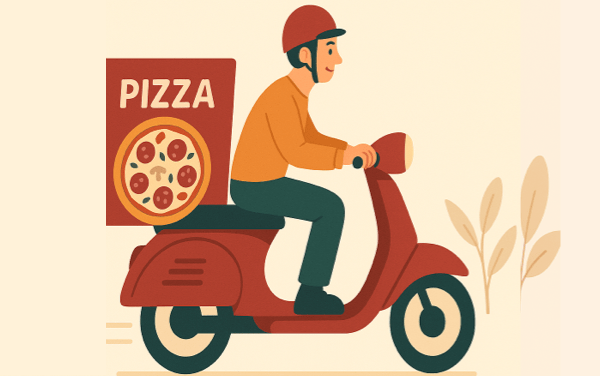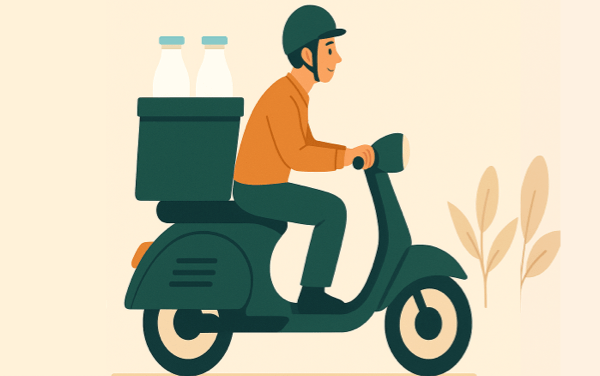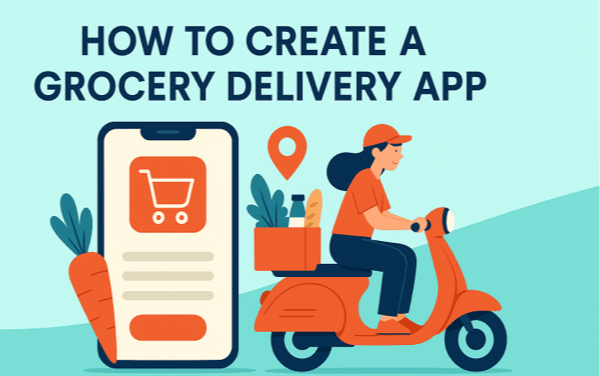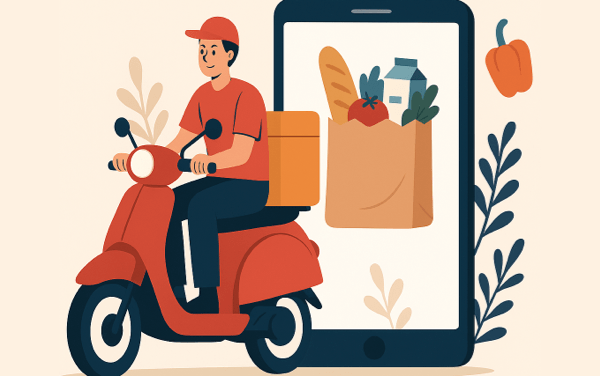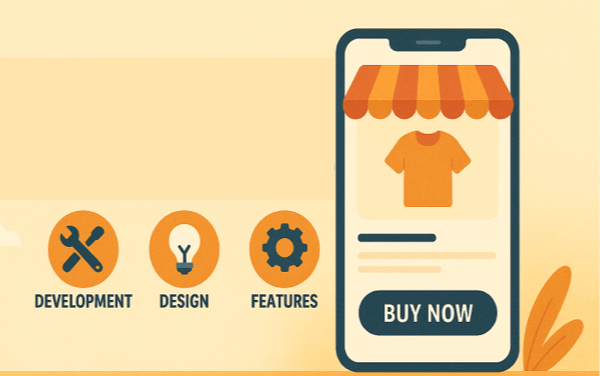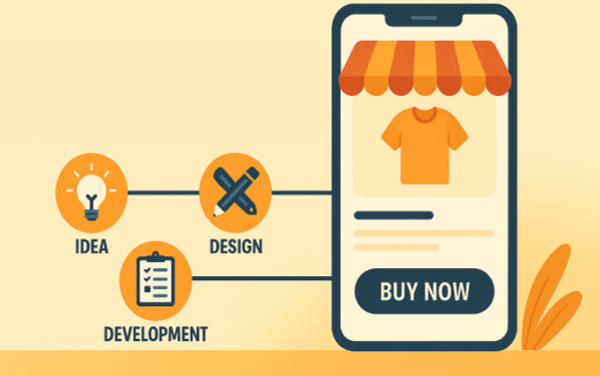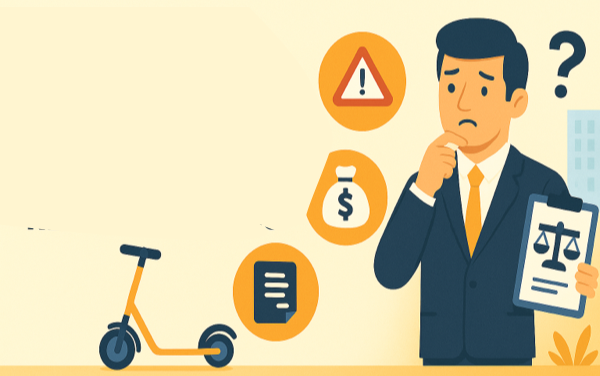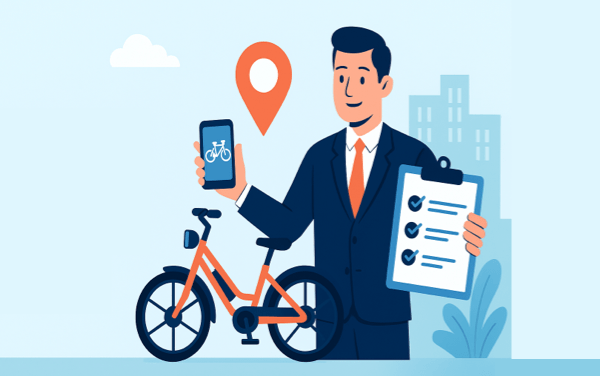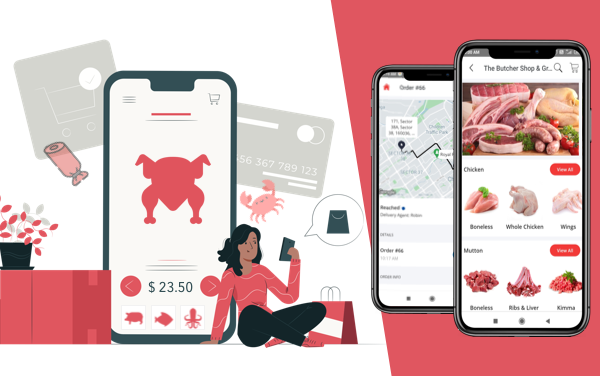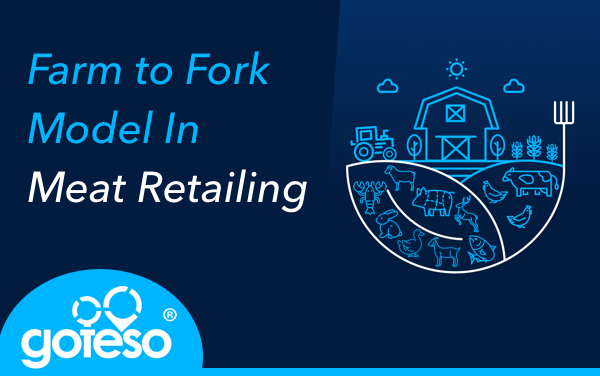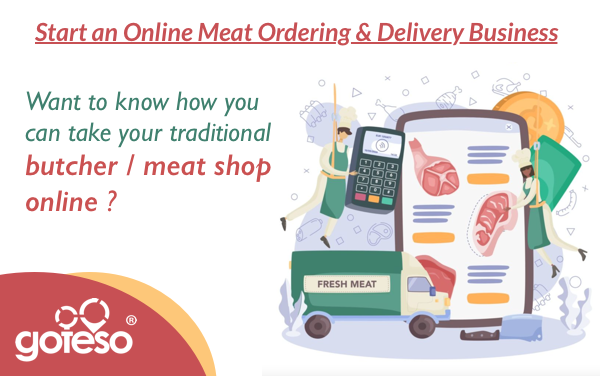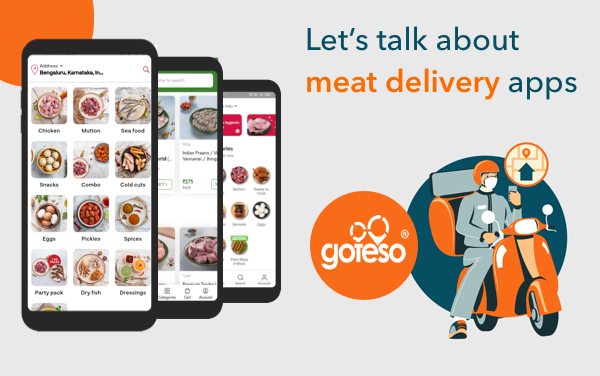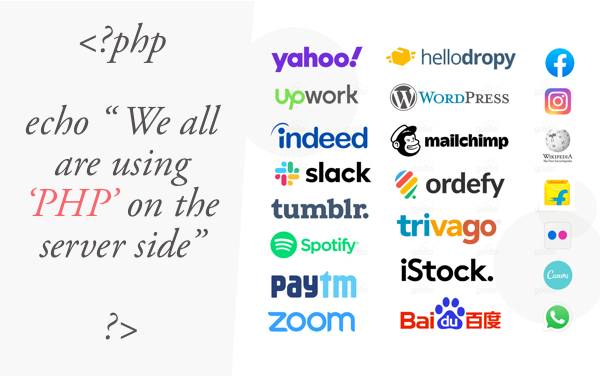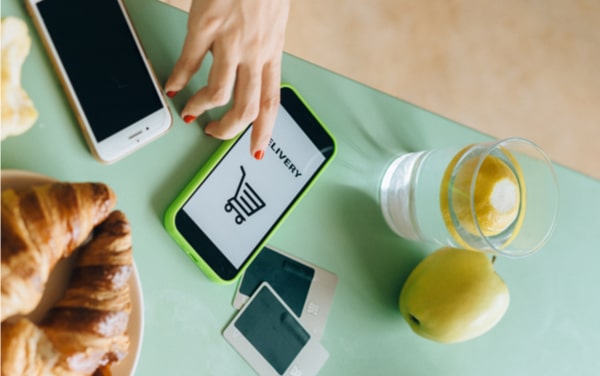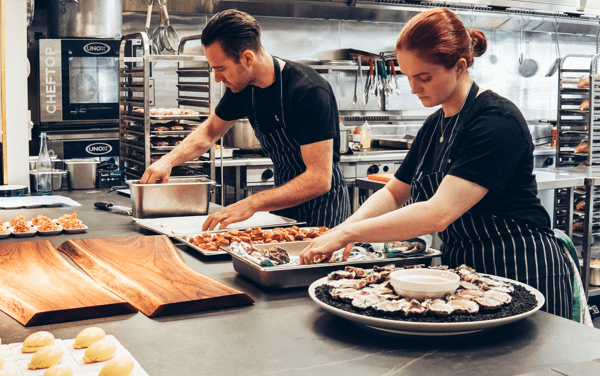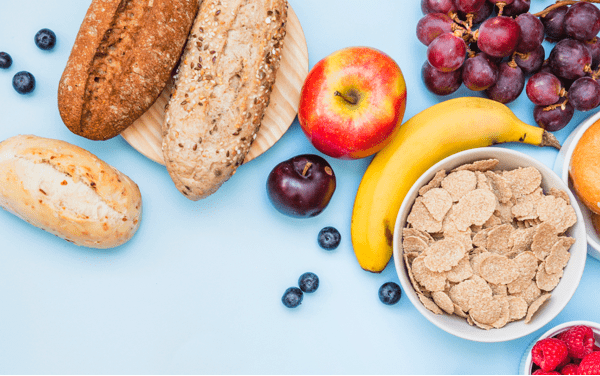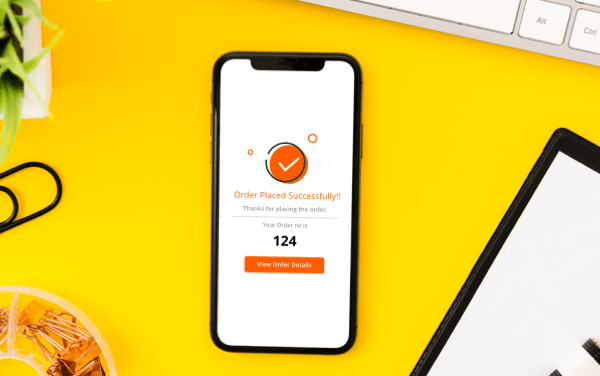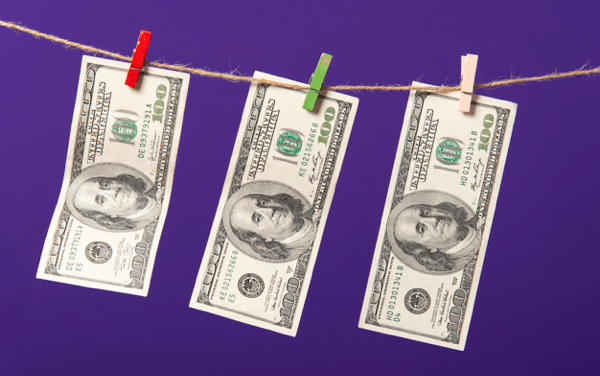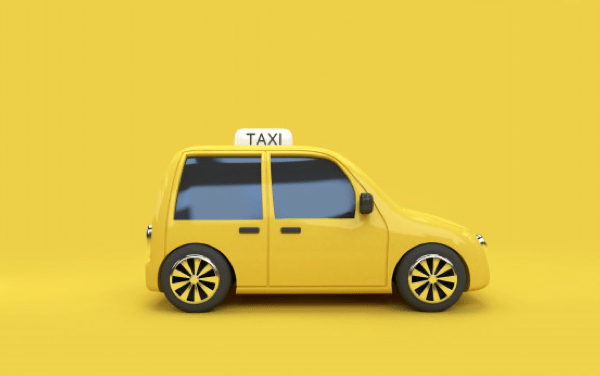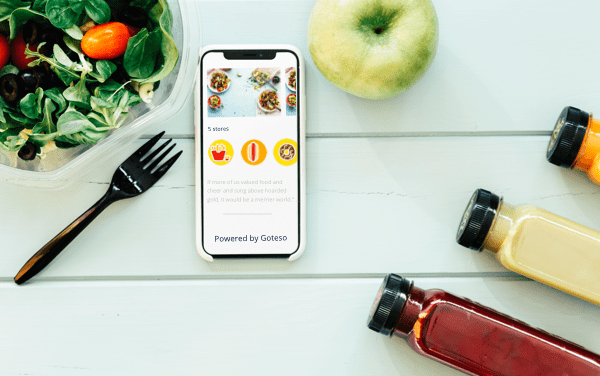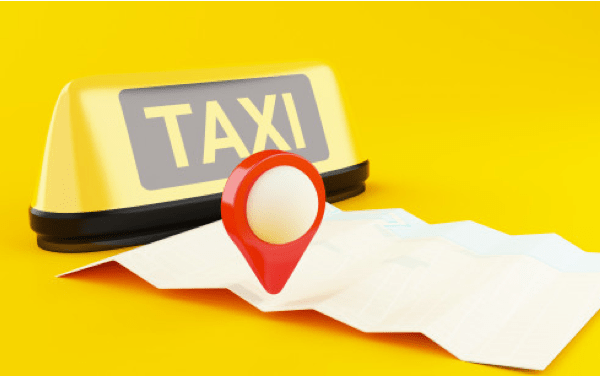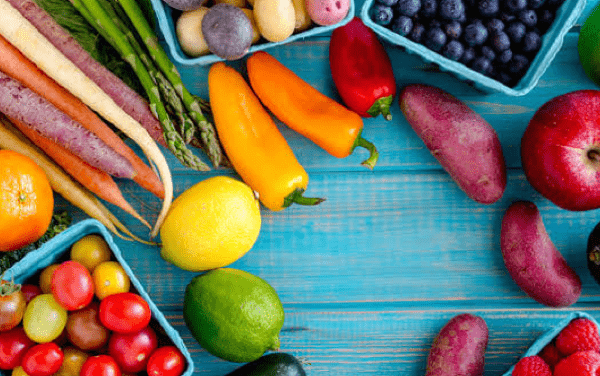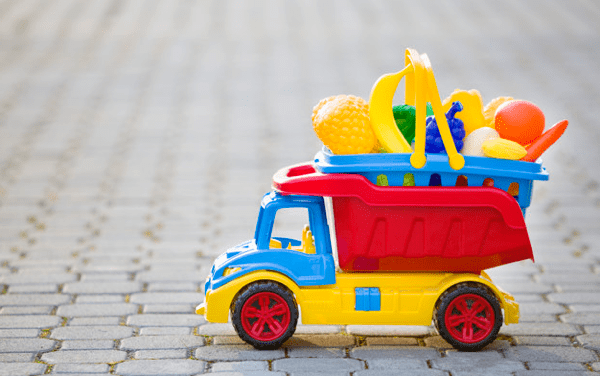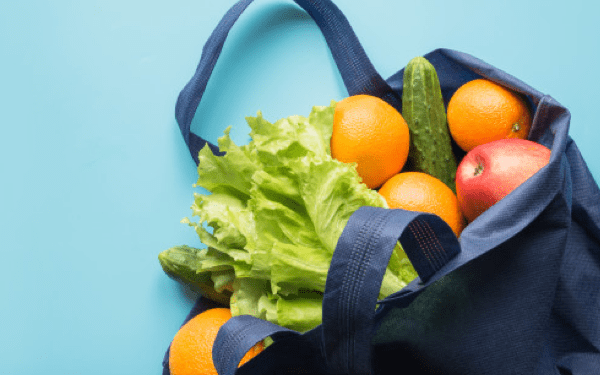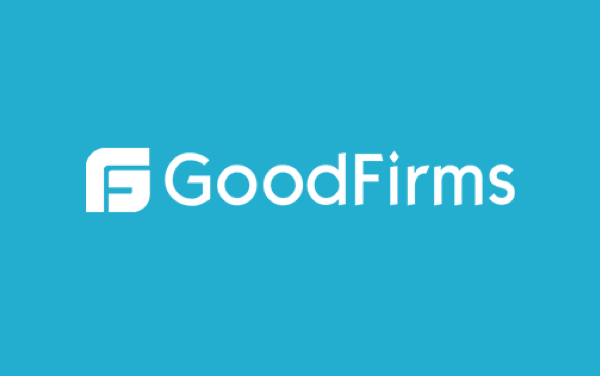DoorDash Business Model: How DoorDash Makes Money
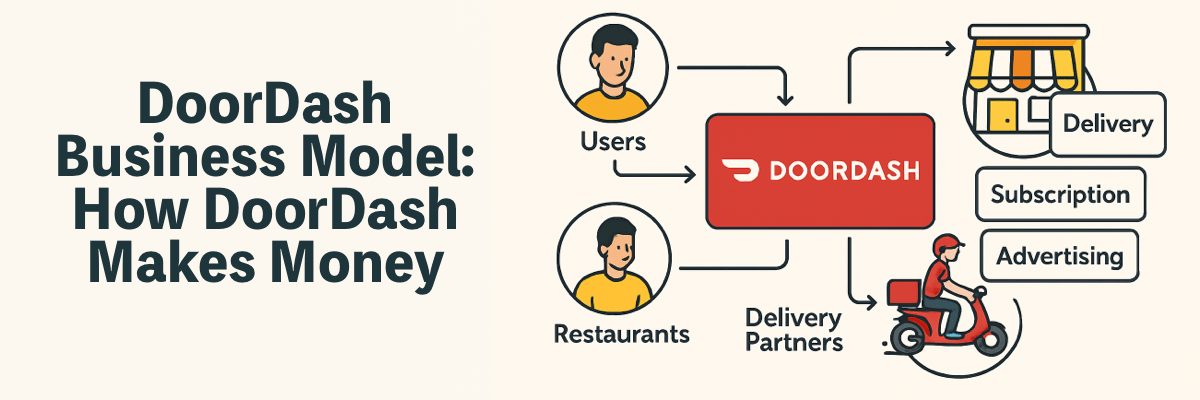
Food delivery has become a staple of modern life, and DoorDash stands out as one of the leading players in the space. Whether you’re ordering lunch at work or a late-night snack, chances are you’ve used or at least heard of DoorDash. But have you ever wondered: how does DoorDash make money? In this post, we’ll break down the DoorDash business model and explore the different revenue streams that fuel its growth.
What Is DoorDash?
Founded in 2013, DoorDash is an on-demand food delivery service that connects customers with local restaurants and businesses. Operating primarily through its mobile app and website, DoorDash provides a convenient platform where users can browse menus, place orders, and get food delivered straight to their doorsteps—often in under an hour.
Over time, DoorDash has expanded beyond restaurants to include groceries, convenience items, pet supplies, and even alcohol in some regions.
DoorDash Business Model Explained
At its core, the DoorDash business model is a three-sided marketplace that connects:
- Consumers who want food or other items delivered.
- Merchants (restaurants, stores, etc.) looking to grow sales.
- Dashers the gig workers who fulfill deliveries.
DoorDash earns money by acting as the middleman, providing the logistics and platform infrastructure needed for seamless transactions between all parties.
How DoorDash Makes Money: Key Revenue Streams
So, how does DoorDash make money? The company uses several monetization strategies to drive revenue from both consumers and merchants.
1. Delivery Fees
Customers are charged a delivery fee for each order. This fee can vary depending on distance, demand, and promotions. While a portion of this goes to the Dasher, DoorDash takes a cut as part of its earnings.
2. Service Fees
In addition to the delivery charge, DoorDash adds a service fee (usually a percentage of the order total). This fee helps cover platform maintenance, customer service, and other operational costs.
3. Merchant Commissions
Restaurants and other merchants pay DoorDash a commission—typically between 15% to 30%—on every order placed through the platform. This is a major component of the DoorDash revenue model.
4. DashPass Subscriptions
DoorDash offers a subscription service called DashPass, which gives users unlimited free delivery on eligible orders for a monthly fee (around $9.99). This provides recurring revenue and helps retain loyal customers.
5. Advertising and Promotions
DoorDash allows restaurants to boost their visibility through sponsored listings and in-app ads. These promoted placements generate additional revenue while helping merchants increase sales.
6. White-Label Logistics (DoorDash Drive)
Through DoorDash Drive, businesses can use DoorDash’s logistics network to handle their own deliveries—without being listed on the DoorDash marketplace. This B2B model adds another layer to DoorDash’s diversified income streams.
7. Grocery and Retail Partnerships
Expanding beyond restaurants, DoorDash now partners with grocery stores, pharmacies, and convenience retailers. These partnerships follow a similar model of delivery and commission, contributing further to the overall DoorDash revenue model.
Summary: DoorDash Revenue Model at a Glance
| Revenue Source | Description |
|---|---|
| Delivery Fees | Charges paid by consumers per order |
| Service Fees | Additional platform fees on orders |
| Merchant Commissions | Percentage cut from restaurant sales |
| DashPass Subscriptions | Monthly subscription revenue |
| Advertising & Promotions | Paid placements by merchants for better visibility |
| DoorDash Drive | B2B logistics services for large brands and independent businesses |
| Retail & Grocery Delivery | Commissions and service fees from non-restaurant deliveries |
Final Thoughts
DoorDash has built a robust and flexible business model that allows it to earn money from multiple stakeholders in the delivery ecosystem. By combining consumer convenience, merchant services, and gig economy logistics, the DoorDash business model continues to evolve and scale.
Understanding how DoorDash makes money not only sheds light on the food delivery industry but also offers valuable insights for anyone interested in startups, logistics, or tech-enabled marketplaces.
Want to Launch Your Own App Like DoorDash?
Inspired by the success of the DoorDash business model and thinking of building your own on-demand delivery platform? Whether you’re an entrepreneur or a business looking to scale, launching a food delivery app like DoorDash requires expert development, seamless user experience, and scalable backend architecture. That’s where Goteso comes in. As one of the best food delivery app development companies, Goteso specializes in creating custom, feature-rich delivery solutions tailored to your business needs. From real-time tracking and intuitive UI to powerful admin panels, Goteso can help turn your vision into a high-performing, revenue-generating platform.

